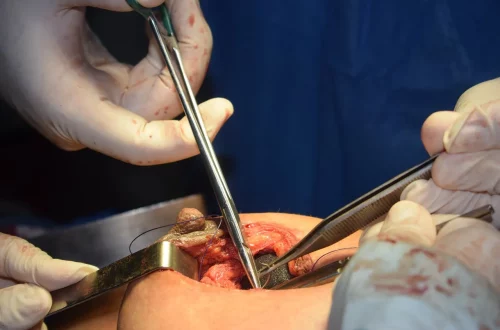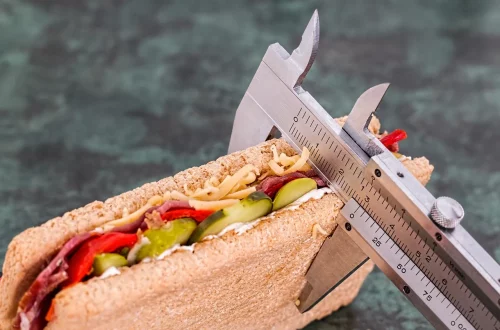
Understanding the Cat Teeth Chart: A Guide to Feline Dental Health
Understanding a cat’s dental health is crucial for every feline owner. Just like humans, cats require proper dental care to maintain their overall health and well-being. While many pet owners may not realize it, dental issues can lead to serious health problems if left untreated. Cats can suffer from a range of dental diseases, including periodontal disease, gingivitis, and tooth resorption. These conditions can not only cause pain and discomfort for your feline friend but can also affect their ability to eat and enjoy life.
A cat’s teeth are specifically designed for their dietary needs. They have sharp, pointed teeth for tearing meat and flat molars for grinding. Understanding the anatomy of a cat’s mouth, including the structure and function of each type of tooth, can help owners recognize signs of dental problems early on. Regular dental checkups are essential for maintaining your cat’s oral health, but there are also steps you can take at home to keep their teeth clean and strong.
In this guide, we will delve deeper into the cat teeth chart, exploring the different types of teeth, common dental issues, and tips for maintaining your cat’s dental hygiene. By understanding your cat’s dental health, you can ensure they lead a happy and healthy life.
Types of Cat Teeth and Their Functions
Cats have a total of 30 teeth, which are categorized into four types: incisors, canines, premolars, and molars. Each of these teeth plays a distinct role in a cat’s eating habits and overall health.
Incisors are the small, sharp teeth located at the front of the mouth. Cats have 12 incisors, six on the top and six on the bottom. These teeth are primarily used for grasping and nibbling food. They help cats hold onto their prey and are essential for grooming.
Next are the canines, the long, pointed teeth that are often referred to as “fangs.” Cats have four canines, two on the top and two on the bottom. These teeth are crucial for biting and holding onto prey, allowing cats to secure their food. The strength of a cat’s canines is particularly important for their survival in the wild, as they need to catch and immobilize their prey.
Following the canines are the premolars, which are flatter and designed for shearing and slicing food. Cats have 10 premolars, with six on the top and four on the bottom. These teeth help break down food into smaller pieces, making it easier for cats to swallow. Premolars are also essential for grooming, as they help cats remove fur and debris from their coats.
Finally, cats possess molars, which are located at the back of the mouth. There are 10 molars in total, with four on the top and six on the bottom. These teeth are larger and flatter than other types, specifically designed for grinding food. Molars play a vital role in the cat’s ability to chew and digest their food properly.
Understanding the different types of cat teeth and their functions is essential for recognizing signs of dental problems. A healthy set of teeth allows your cat to eat comfortably and maintain overall health. Regular dental care and check-ups can help prevent dental issues and ensure your feline friend remains happy and healthy.
Common Dental Problems in Cats
Dental problems are relatively common in cats, and many owners may not even realize their pets are suffering. It’s essential to be aware of the signs of dental issues, as early detection can lead to more effective treatment and a better quality of life for your cat.
One of the most prevalent dental diseases in cats is periodontal disease, which occurs when plaque builds up on the teeth, leading to inflammation of the gums. This condition can cause pain and discomfort, making it difficult for cats to eat. Symptoms of periodontal disease include bad breath, red or swollen gums, and loose teeth. If left untreated, periodontal disease can progress to more severe issues, including tooth loss and systemic health problems.
Another common dental issue is gingivitis, an inflammation of the gums that can be caused by plaque buildup. Cats with gingivitis may exhibit similar symptoms to those with periodontal disease, including bad breath and discomfort while eating. Regular dental cleanings and proper oral hygiene can help prevent gingivitis from developing.
Tooth resorption is another dental concern that affects many cats. This condition occurs when the body starts to break down and absorb the tooth structure, often leading to pain and tooth loss. Cats with tooth resorption may show signs of discomfort, such as reluctance to eat or play. If you notice any changes in your cat’s eating habits or behavior, it’s essential to consult your veterinarian for a thorough examination.
In addition to these common issues, cats are also at risk for fractured teeth, which can occur from chewing on hard objects or due to trauma. Fractured teeth can be painful and may require extraction or other dental procedures to alleviate discomfort.
Recognizing the signs of dental problems early can make a significant difference in your cat’s health. Regular veterinary check-ups and maintaining good dental hygiene at home are crucial steps in preventing these issues. By being proactive about your cat’s dental care, you can help ensure they enjoy a long and healthy life.
Maintaining Your Cat’s Dental Hygiene
Maintaining proper dental hygiene is essential for your cat’s overall health. While regular veterinary check-ups are vital, there are several steps you can take at home to help keep your cat’s teeth clean and healthy.
One of the most effective ways to care for your cat’s teeth is through regular brushing. While it may take some time for your cat to get used to having their teeth brushed, establishing a routine can significantly improve their dental health. Use a toothbrush specifically designed for cats and a toothpaste formulated for pets. Human toothpaste can be harmful to cats, so it’s essential to use products made for felines.
Start by gently introducing your cat to the toothbrush. Allow them to sniff and lick the toothbrush to become familiar with it. Gradually incorporate brushing into your routine, focusing on the outer surfaces of the teeth where plaque tends to build up. Aim to brush your cat’s teeth at least two to three times a week for optimal results.
In addition to brushing, providing dental treats and toys can help keep your cat’s teeth clean. Look for products designed to promote dental health, such as treats that help reduce plaque and tartar buildup. Chewing on dental toys can also help cleanse your cat’s teeth while providing mental stimulation.
Another essential aspect of maintaining your cat’s dental hygiene is monitoring their diet. A balanced diet is crucial for overall health, and certain foods can contribute to better dental health. Dry kibble can help reduce plaque buildup compared to wet food, but it’s essential to choose high-quality cat food that meets your cat’s nutritional needs.
Finally, regular veterinary check-ups are vital for maintaining your cat’s dental health. Your veterinarian can perform professional cleanings and check for any signs of dental issues that may require treatment. They can also provide guidance on the best dental care practices for your specific cat.
By taking a proactive approach to your cat’s dental hygiene, you can help prevent dental problems and ensure your feline friend stays healthy and happy. Remember that a little effort goes a long way in maintaining your cat’s oral health.
**Disclaimer:** This article is not intended as medical advice. For any health concerns regarding your cat, please consult a qualified veterinarian.




